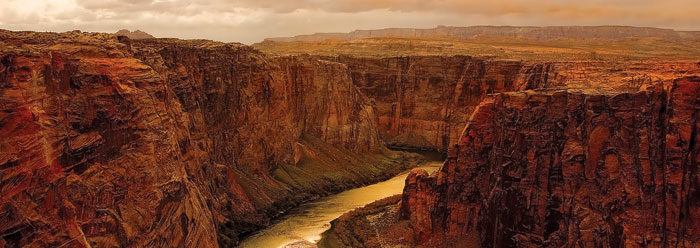
Dinosaur Soft Tissue Preserved by Blood?
Researchers are now suggesting that iron embedded in blood proteins preserved the still-soft tissues, cells, and molecules discovered inside dinosaurs and other fossils after the creatures were buried in sediments. The ability to justify millions of years is at stake, and this study promises to do just that. What are its merits and demerits?

Did Scientists Find T. rex DNA?
Finding dinosaur DNA is as unthinkable to an evolutionist as finding a flat earth would be to a geographer. Thus, a recent report of possible dinosaur DNA promises to meet resistance, even as similar past reports received.1 What is the best interpretation of all the relevant evidence?

Did Humans Cause Dinosaur Extinctions?
Like elephants and a few other animals, rhinoceroses are among the last of the large animals called "megafauna." Rhinos exist in African, Indonesian, Javan, Indian, and Sumatran varieties.1 They are also among the rarest animals in the wild.

Carbon Dating of '70 Million Year Old' Mosasaur Soft Tissues Yields Surprising Results
Over the past three years, ICR News has featured over 20 cases of original soft tissues found in fossilized remains around the world.1 Since tissues like skin and cartilage are known to spontaneously decay in only thousands of years, these published finds clearly show that the fossils could not be millions of years old.

The Stones Cry Out: What Rocks and Fossils Say about the Age of the Earth
The Christian Research Institute (CRI) states on its website that “we cannot easily dismiss the fact that an overwhelming majority of authorities in the fields of geology [rocks], paleontology [fossils], biology, etc., are convinced that there is abundant evidence to substantiate a very old earth.”1



